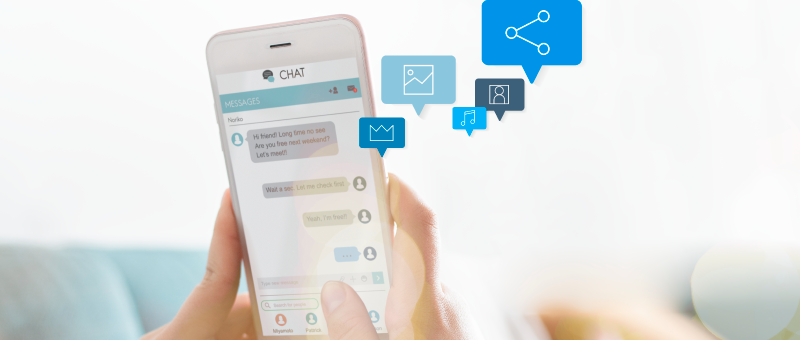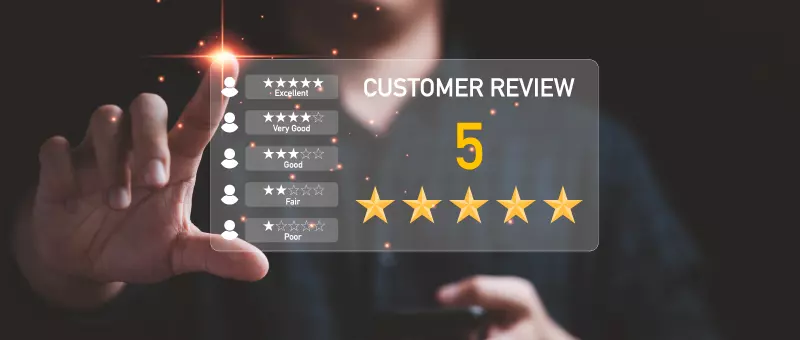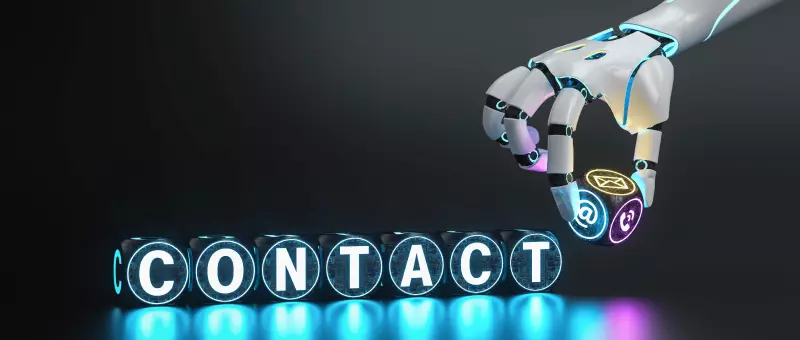Several factors affect the sustenance of a successful organization: product quality, durable professional agreements, efficient human resource, proper planning, etc. But all of these elements fade in comparison with the importance of providing powerful customer service.
Although the traditional customer service may come as in-person interactions, the self-service systems are the recent fad. The reason? Self-service systems are more personalized for the users, and these systems exhibit the same level of intelligence as we humans do.
The two types of chatbots:
The self-service customer support systems are made possible with chatbots. This robotically designed digital aid replaces humans and simulates human-like intelligence in assisting the customers. Now there are two ways to develop a Chatbot:
- The first one is to create a bot that is based on menu or buttons.
- The second type of bot is AI-powered and comes with conversational abilities.
Response buttons:
Response buttons are the conventional type of Chabot that comes as the clickable menu buttons. Right after every click, the options provided by these buttons will then require the customers to make more choices until they settle with their desired option.
For conversations that intend to go no further than providing pure open-ended experience, response button are the ideal choice. For example, if a customer wants to order some food and asking for it to a button-based chatbot, all that the bot required is to show the menu for the customer to choose from. These response button menu go on until you settle with your desired type of food. Here the options are all predefined to make it easier for the customers to pick and choose. In this scenario, there are personal questions neither the customer nor the bot has to ask.
Pros:
- When it comes to intent comprehension, menu response button are quite precise. It is impossible to make mistakes since the bot offers the options to click and select.
- The bot guides the users deep into the concerned conversation, so the level of relevance is relatively higher in response button.
- The conversation cycle is crystal clear, and the user knows for sure exactly what questions the bot can and cannot answer.
Cons:
Sometimes customers seek to have a real conversational experience. While these buttons are sufficient to answer some repetitive FAQs, this approach falls short in places where the advanced and personal guidance is expected. There may be a wide variety of variable queries from the customers that demand immense knowledge on the part of the bot – which these menu buttons distinctly lack.

Conversation Design:
To get to the point bluntly, human-like personality is the one quality that separates a well-designed and intelligent bot from an ineffective one.
Rather than conversing more in a lifeless and inanimate way, Conversation Design engages the customers with its cheerful interactive tone. It demonstrates no pre-programmed and monotonous conversation model, but it is natural and cognitive in grasping the human way of speaking.
A conversation design is armed with twofold giants: Artificial Intelligence (AI) and Machine Learning (ML). Both high-level cognizance and progressive learning are what comprises a real human-to-human conversation.
AI: So the Chatbot, developed with Conversation Design are almost similar to human customer service agents. The first benefit of having an AI-powered bot is, the customer can ask a direct question. To apply the above example of food ordering, instead of having to click over, again and again, to get to the more in-depth options, a user can ask the bot simply for the desired burger – “Hey dude, I need a Double melt chicken cheeseburger and please make it quick!”. To which the bot may respond cheerfully, “Yeah, your yummy burger is coming right up! Enjoy the day!” Now that makes a world of difference! A Conversation Design consists of multiple such storylines that engage the users with its intelligent conversational tone.
Contextual analysis, accomplished with AI’s supplementary NLP(Natural language processing), is the strength of Conversation Design. NLP interprets even the subtle implication and the context of the human language, helping the Chatbot to trace the patterns and analyze the customer’s language to draw the right reply.
ML: Machine learning enables the conversation design bots to learn new ideas gradually as a human would. Based on the past conversation patterns, the bot learns and prepares itself to respond to the customer on its own. Even if a customer’s questions tend to go beyond the bot’s scope, it predicts and interprets the question to respond effectively. Developers also can train a bot to interpret the trends and offer the users personal recommendations.
To its flip side, allowing users to ask any questions sometimes leads to misguidance. Otherwise, it is far more comfortable than inanimate response buttons. In the end, weighing on the overall customer experience, it is a resounding conclusion that chatbots with Conversation Design are ultimately the best choice you can have.
Why Tryvium Desk?
Tryvium desk is a service desk solution which integrates your service desk tool and Skype for business platform. And its cognition is achieved by integrating Tryvium Desk with NLP-based computer systems, IBM Watson and Microsoft LUIS. The conversational flow is designed then for any typical business-related use case.
It employs the Conversation Design to engage with the customers. Powered with cognitive capabilities, you can have a real-time conversation, and the bot responds as a human agent would do. It intelligently comprehends the human language and the underlying context of customer query and then guides with utmost perfection to the right solution. Now you have a choice, make it a right one!
Connect with us today for further info on Tryvium Desk and provide a delightful collaborative experience for your customers.







